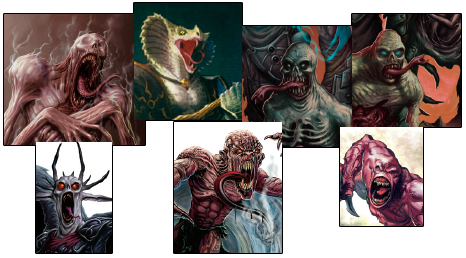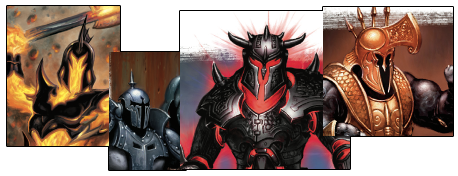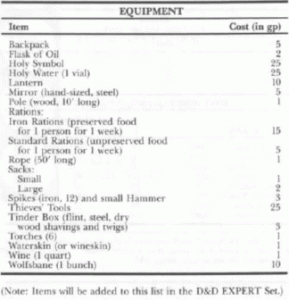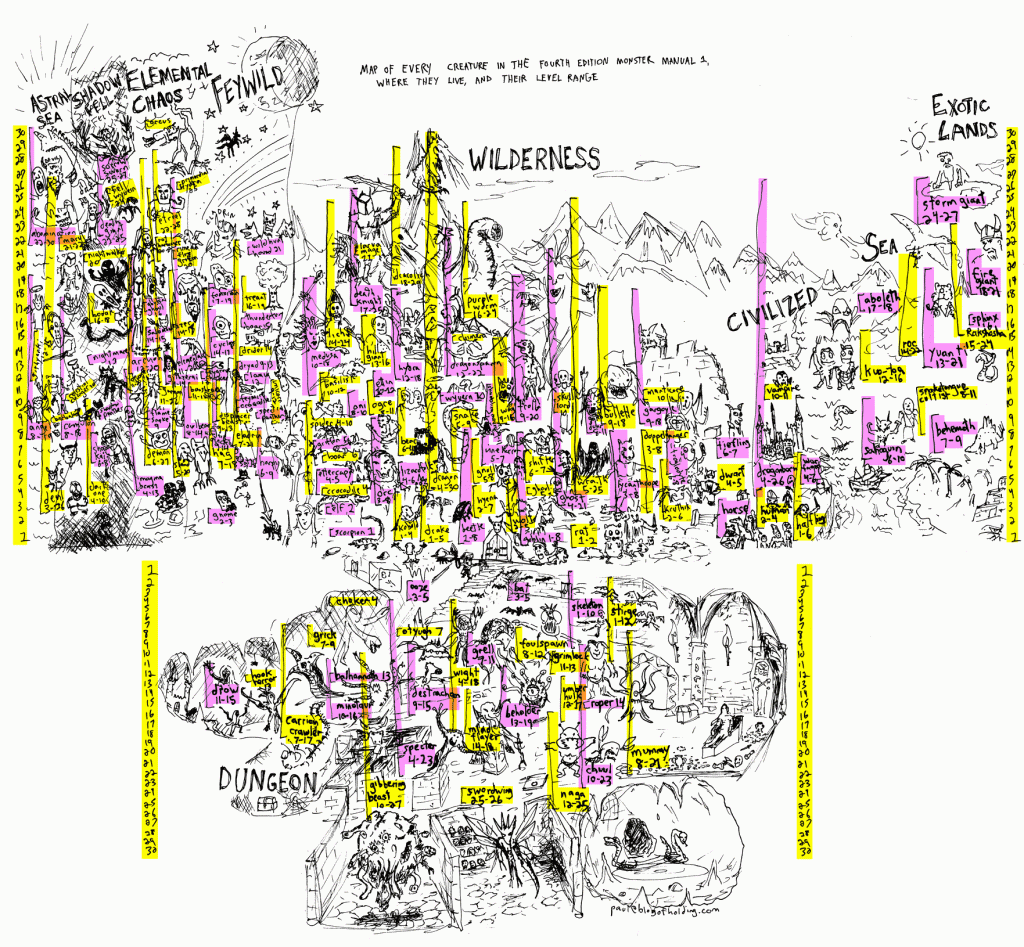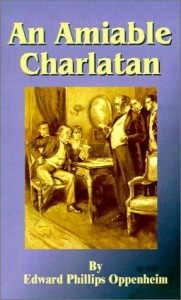When I’m coming up with spur-of-the-moment NPCs, I have a bad habit of falling back on medieval gender roles. Unless I’m alert, I keep women out of certain NPC jobs.
In modern D&D, if you want to be a female barbarian with 18 strength, you can. Pronouns and sample characters in the 3e PHB and 4e are carefully mixed. (Although read John H Kim’s fascinating essay on gender roles in D&D and other RPG rulebooks: female sample characters in D&D books generally roll lower and get targeted by more attacks. But that’s beside the point.)
D&D is run by DMs, not rulebooks, though, so unconscious assumptions about gender archetypes will creep in. Thats why, in an anecdote I now can’t find, one of the 3e designers (Williams? Tweet? Cook?) designed NPCs first, and then flipped a coin for gender. This let him design an egalitarian world, despite whatever gender blinders he was wearing.
I always like to know what blinders I’m wearing, so I’ve been compiling a list of “men’s jobs:” NPC roles in which it doesn’t occur to me to put women. I’m going to try to change that, because unconscious stereotypes are boring and lead to the same types of NPCs appearing over and over.
Fence: I was designing a city for my picaresque thieves’ guild game, when it dawned on me that I could have my players sell goods to a female fence. Somehow this had never occurred to me. I blame literature, which has presented me with lots of examples of greasy, bearded old men acting as fences and pawnbrokers.
Come to think of it, I haven’t seen a lot of young men in this role either. My thieves’ world city has two fences known the the PCs: a greasy, possibly bearded old woman and an 8 year old boy.
Minion: D&D campaigns often feature lots of awesome female warriors, but where does that get you? 6 of the 12 Greek gods were female, many of them awesome, but ancient Greek women weren’t allowed to go outside.
I have some mental block that prevents me from putting women into the disposable minion category. Probably some gentlemanly impulse that it’s not OK to hit weak girls, but that it is OK to hit weak guys. But if there aren’t any low-level female fighters in the world, where do the high-level ones come from?
Sailor: Same deal as minions. My brain runneth over with pirate queens, but not with able seawomen swarming up the rigging to unfurl the mainsail. Sure, the Royal Navy, on which most shipboard fantasy is based, is a guys-only affair, but this is D&D, dammit! Women can have just as much aptitude as men for getting eaten by sahaguin.
Wizard: Some schools of magic suggest female NPCs and some do not. Enchantress? Sure. Witch? Sure. But I’m not likely to come up with a spur-of-the moment necromancer or alchemist woman.
Army officer: This is a strange one. The women I picture at the head of an army are usually warrior princesses, that sort of thing. Hereditary rulers. For some reason, I usually picture generals, colonels, and other high-ranking officers as male. What REALLY blows my mind is the idea of two armies facing each other, both led by a female general.
Innkeeper This one just occurred to me now: I have never, ever made up a jolly old female innkeeper. Barmaid, sure.
The next inn I make will be owned by a white-haired, talkative woman, probably with a name like “Tubbs”, who will do nothing but polish glasses and talk about broaching another cask of ale.
Farmer When I’m not careful, all the peasant women in my D&D countryside are farmers’ wives. In the D&D world, presumably property laws are egalitarian, and there are some gentlewoman farmers. Let’s get the ladies out there driving ploughs!
OK, with a few exceptions, these NPC jobs aren’t very high prestige. Maybe the women of my campaign world aren’t thanking me for their chances to become fences, peasants, and cannon fodder. Still. Breaking the glass ceiling! Or floor.
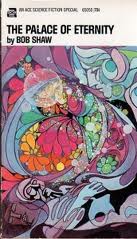 Bob Shaw’s “The Palace of Eternity” is a 1960’s sci-fi book featuring a pretty repellent alien race. They’re humanoid, except for
Bob Shaw’s “The Palace of Eternity” is a 1960’s sci-fi book featuring a pretty repellent alien race. They’re humanoid, except for
